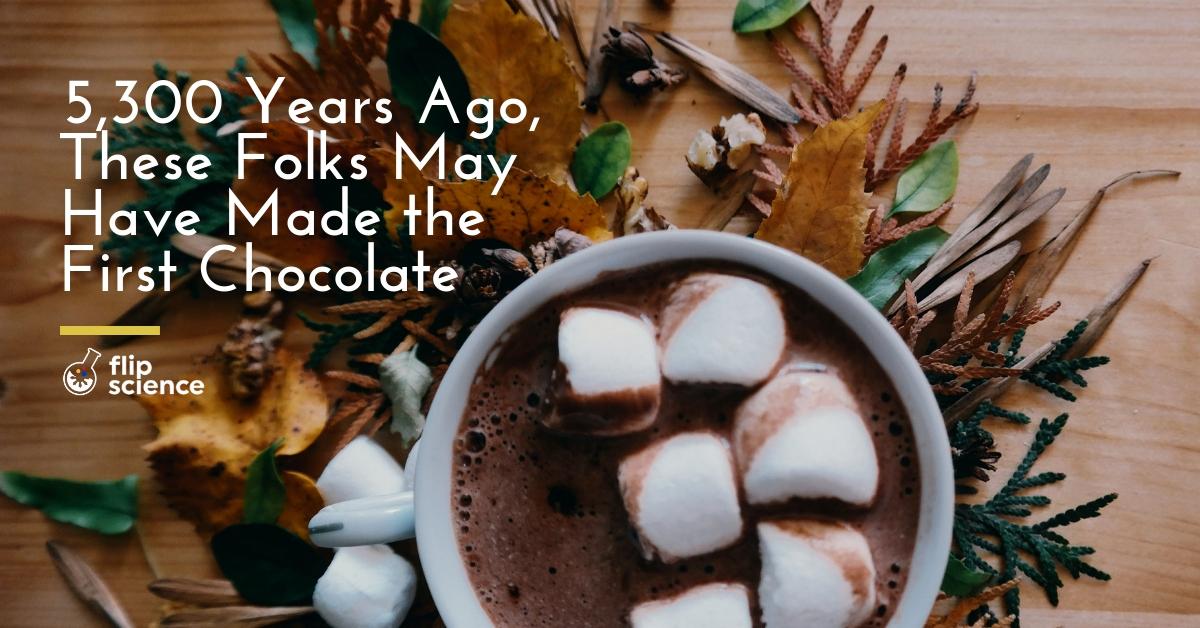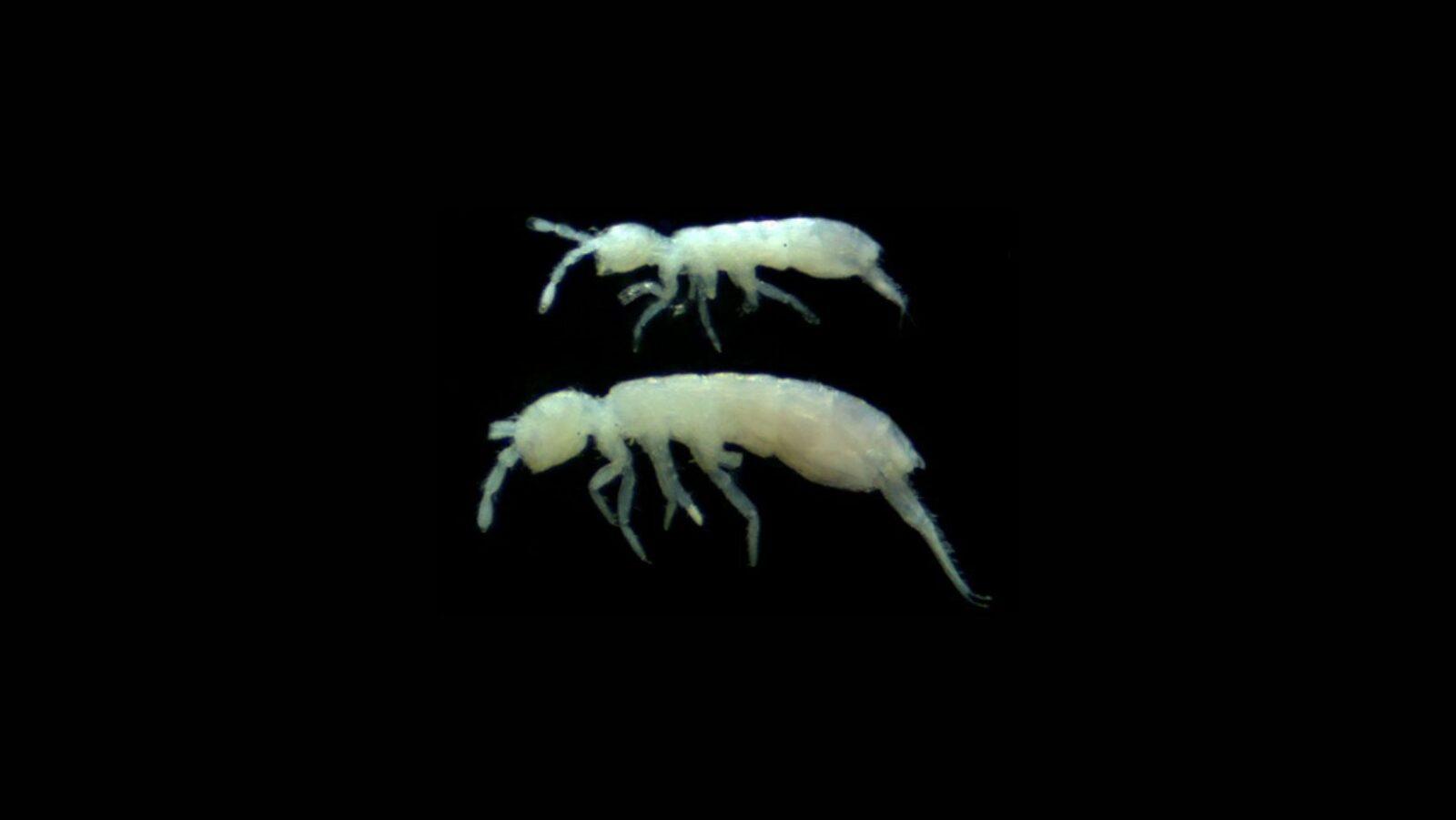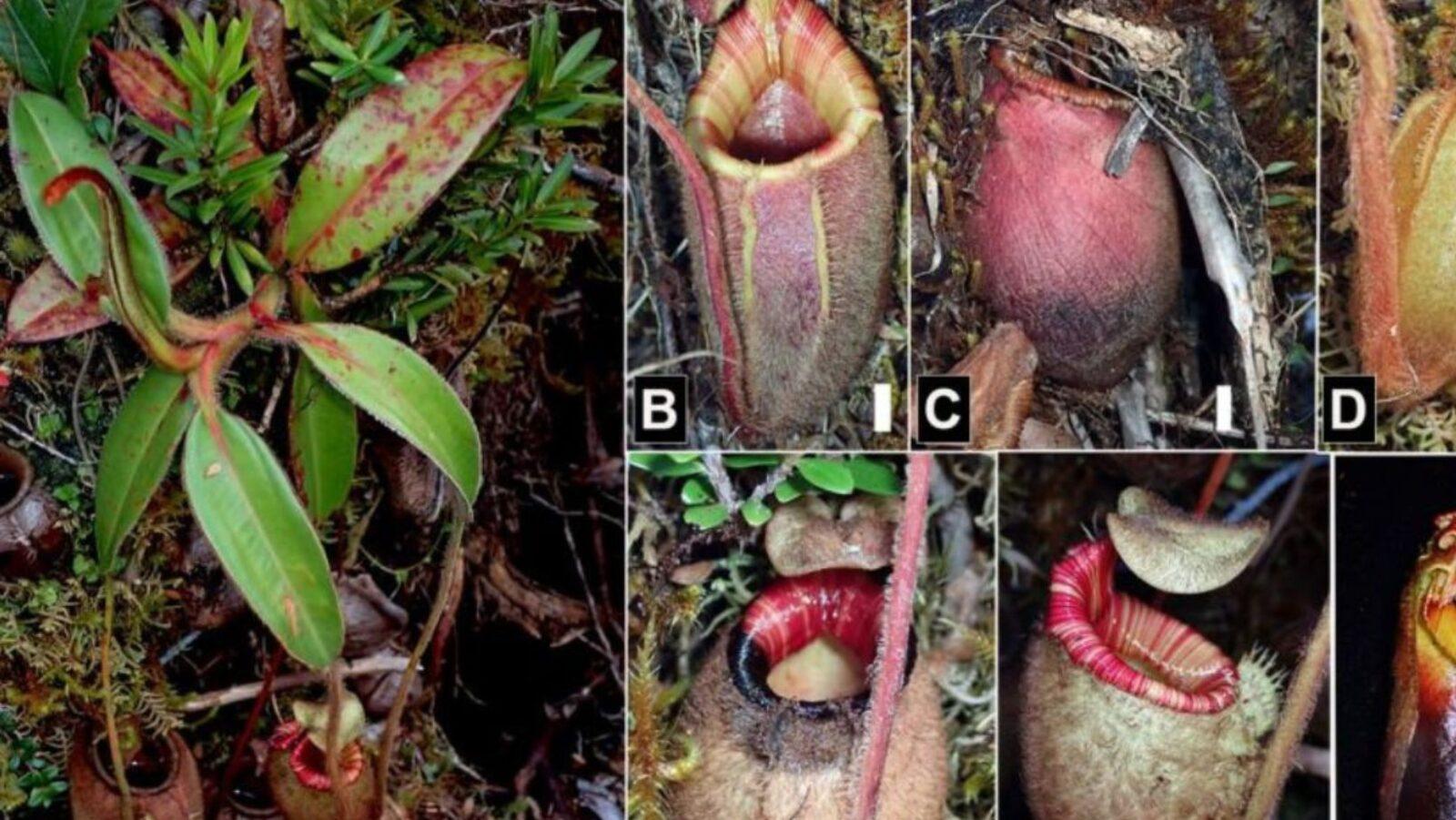In 2010, archaeologist Michael Blake spotted some remarkably ornate pottery at the Santa Ana-La Florida (SALF) site in Ecuador. Interestingly, the first thing that came to his mind was hot chocolate.
“I noticed they had found some very elaborate pottery, and I suggested that the vessels kind of reminded me of the ones that the Maya used to make cacao [drinks],” said Blake, who hails from the University of British Columbia in Vancouver, Canada. Thus, this led him to ponder the possibility that the vessels were intended for that purpose. The response he got? “Well, nobody’s looked.”
So they looked.
Sweet surprise
Working with anthropological archaeologist Sonia Zarrillo (who had already found traces of ancient chilli peppers and maize at the site), Blake and his co-researchers found evidence of cocoa (Theobroma cacao) on the ceramic artifacts. Aside from T. cacao starch grains, they also discovered biomolecules (including caffeine) and traces of DNA from the plant.
This suggests that villagers of the Mayo-Chinchipe culture, one of the oldest cultures of the Andes, were already using cacao as early as 5,300 years ago.
“We knew Sonia’s discovery of Theobroma starch in SALF pottery was important,” explained Blake in an interview, “because no archaeological evidence of cacao use in South America had ever been previously reported, even though botanists had long known that Amazonia held the greatest number of Theobroma species and T. cacao varieties.”
They also found T. cacao traces in less intricate fragments, suggesting that chocolate consumption may have been an everyday thing for the Mayo-Chinchipe.
Chocolate’s spread
Previous evidence from Central America pinned the earliest use of cocoa at some point between 3,100 to 4,000 years ago. This discovery, however, pushes the known origin of chocolate back by at least 1,500 years. It also places chocolate’s geographical origin in the upper Amazon. From there, cocoa made its way into Colombia, Panama, after which it spread to Central America and Mexico.
“We don’t have any evidence for these scenarios,” Blake clarified. However, he pointed to similar practices with Micronesian and Polynesian seafarers who reached the Pacific Islands way before European explorers could.
Filipinos have long had an affinity for the delicious plant-based beverage. We allegedly first got our taste of chocolate when Mexican traders brought cacao to our shores before the mid-19th century. Historians also say that Jesuits imported cacao to the Philippines between 1663 and 1668, after which local farmers added it to their repertoire of crops.
References
- http://www.pnas.org/content/104/48/18937
- https://opinion.inquirer.net/96569/chocolate-and-history
- https://www.nature.com/articles/s41559-018-0697-x
- https://www.sciencealert.com/forgotten-origins-chocolate-mesoamerica-ecuador-theobroma-cacao-santa-ana-la-florida-ancient-mayo-chinchipe-culture
- https://www.sciencemag.org/news/2018/10/world-s-oldest-chocolate-was-made-5300-years-ago-south-american-rainforest
Author: Mikael Angelo Francisco
Bitten by the science writing bug, Mikael has years of writing and editorial experience under his belt. As the editor-in-chief of FlipScience, Mikael has sworn to help make science more fun and interesting for geeky readers and casual audiences alike.







